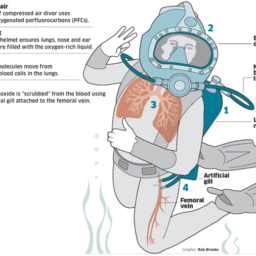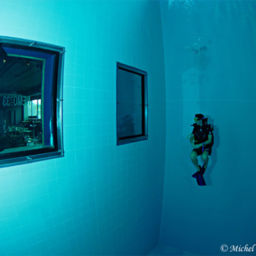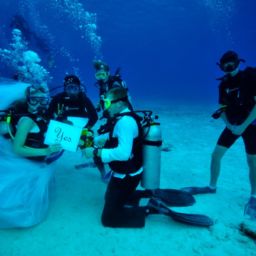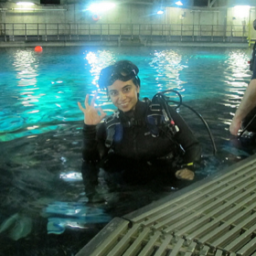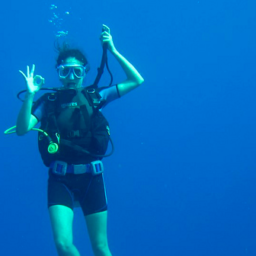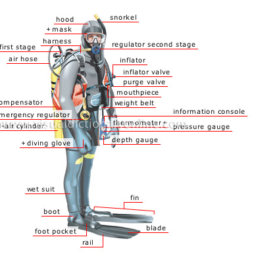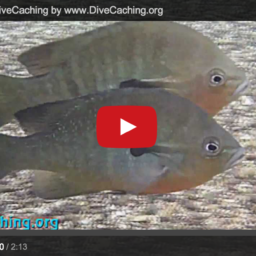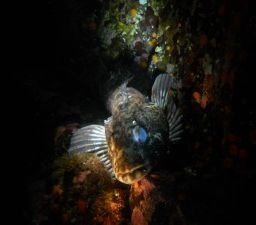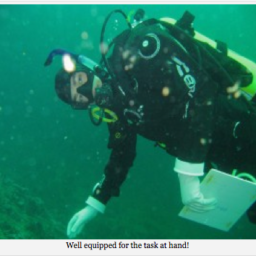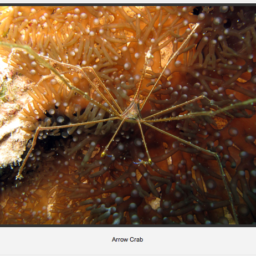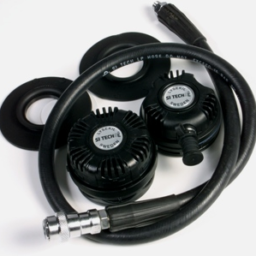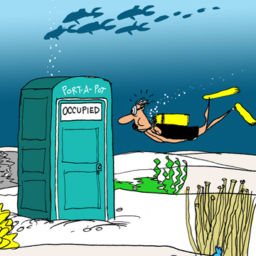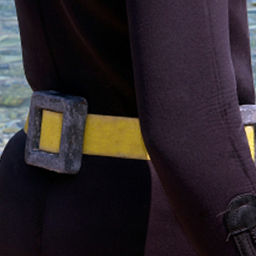Click here to read pt.1.
Click here to read pt2.
Cold water diving can be some of the most challenging diving you can take part in, whether it’s on a recreational, technical or commercial level. Conditions are seldom ideal at the best of times, and can change rapidly with depth and terrain. What was a nice dive at noon can become a night dive if turbidity increases at depth, and going around a corner on a smooth drift can see a new and more energetic current launch you downrange in a sudden and surprising way! It’s all about having the right gear for the dives and staying aware of your surroundings, and having a plan for the post dive!
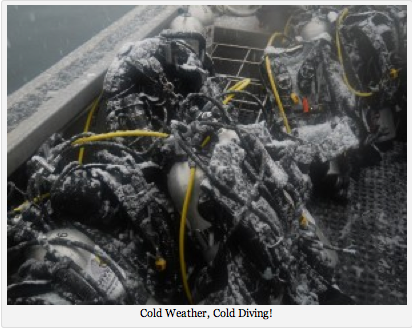
Extra gear that you should have for cold water diving (well, any diving really) is pretty simple stuff. A knife or a pair of shears is important, mostly for awkward encounters with fishing line and net. A backup dive light should be somewhere reachable on your gear, and at least one type of surface signal (whistle or sausage) device incase you get swept out and need to make your presence known! If you have a compass, use it and keep track of where you are in relation to where you need to be. All of these items are relatively low cost compared to the rest of the gear you’ll accumulate for cold water diving, but all play a part in keeping you safe.
As in tropical water, fitness and readiness are important before you hit the water. Before you hit the water, drink at least 500ml of water or a light sports drink. Hydration is just as important in cold water as it is in warm. After the dive is the important part. I can’t speak for everyone, but when I come out of the water in the Pacific Northwest, I am more exhausted and more ravenous than when I come out of the water somewhere warmer, like Bali. This is partly because in addition to burning energy to move around and deal with the rigours of being underwater, you’re also burning a lot of calories to keep warm, even in a drysuit. A warm drink, another 500ml or so of a sports drink and a chocolate bar go a long way at this point to giving you those quick burn calories to get you back on track for the trip home. A toque (or wool knit hat) is great for the trip back on the boat, in all seasons. When you do hit civilization and hot shower/baths/hot tubs, remember that rapid rewarming has been linked as a potential cause of DCI, as your various tissue compartments relax and release nitrogen faster. Try to wait at least an hour or so before you have that long soak!
That about sums it up for cold water diving. While more challenging in some ways than warm water diving, it’s definitely overlooked by many because of the automatic association scuba diving has with the tropics. While darker, colder and far more covetous of its secrets, cold waters hold a lot of amazing life, incredibly well preserved wrecks and amazing sights that you’d never expect there! Now if only vis weren’t at its best in the middle of the winter…


